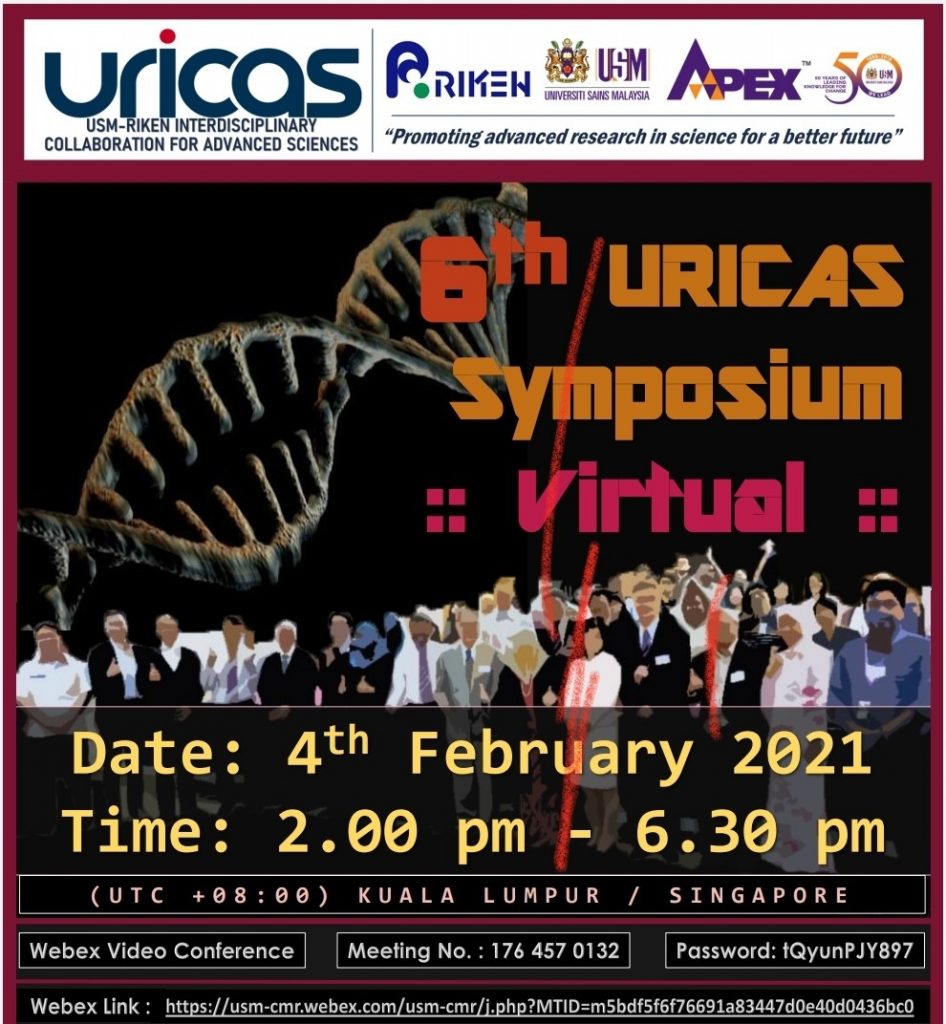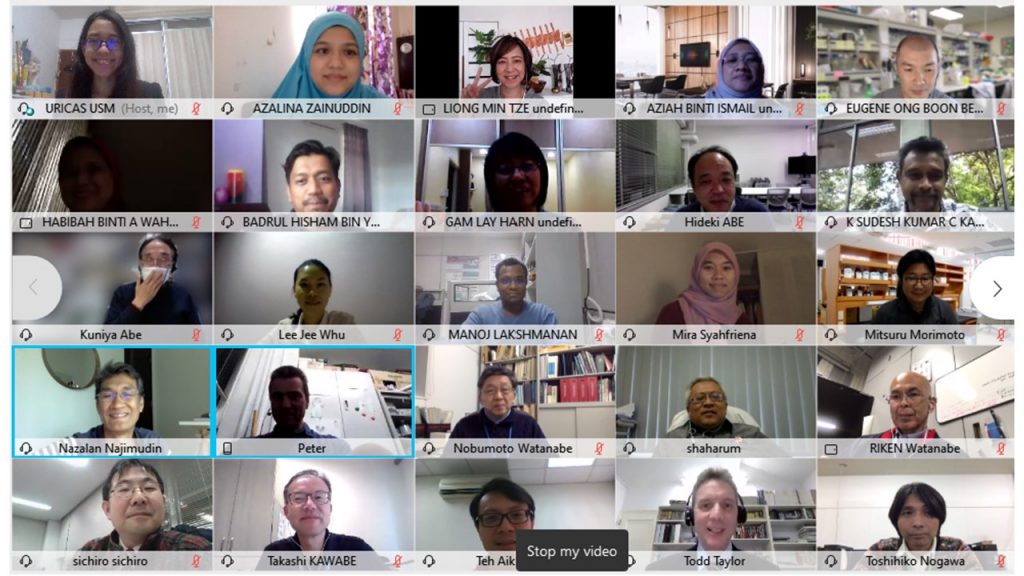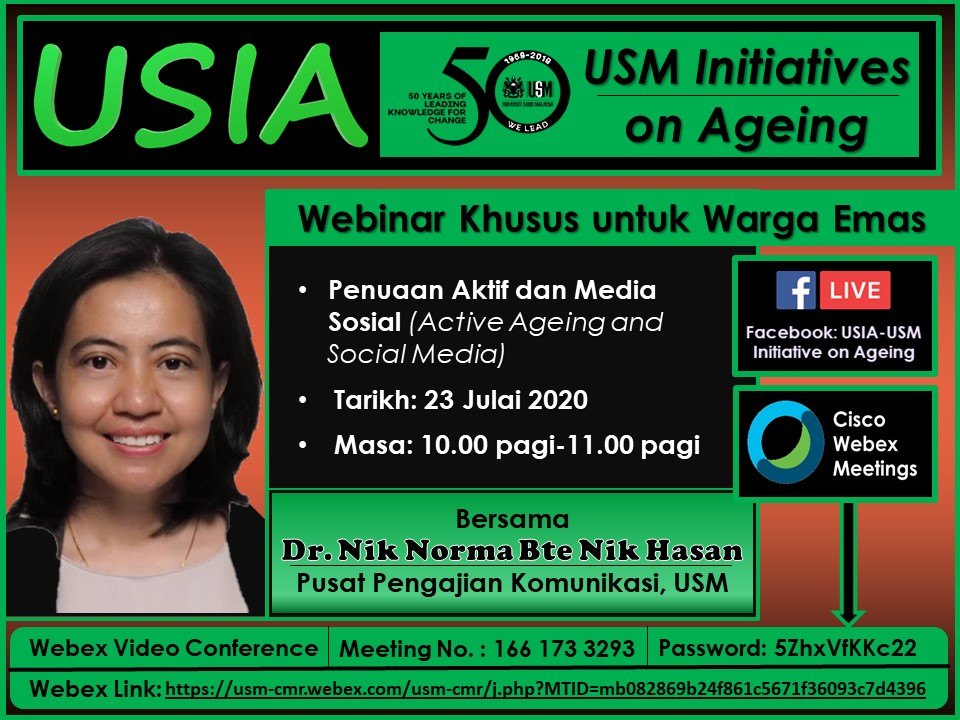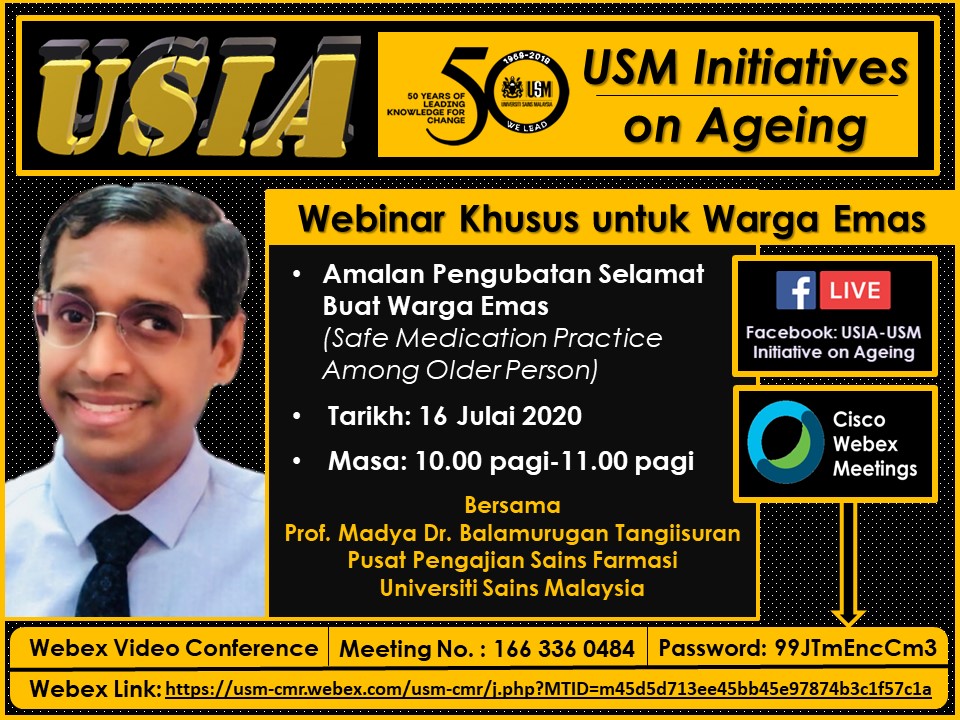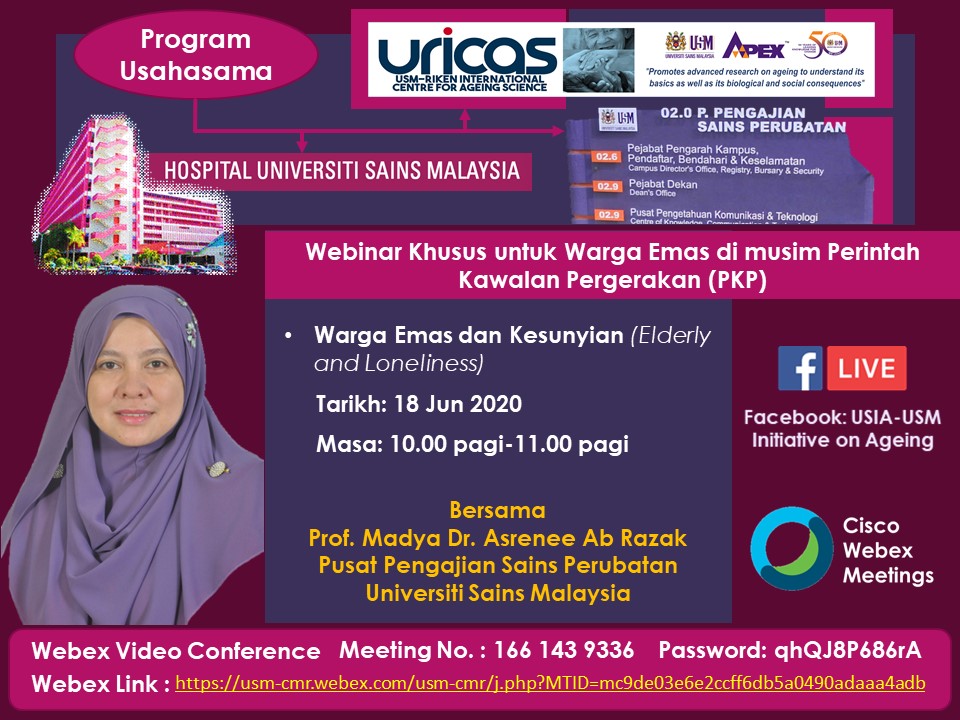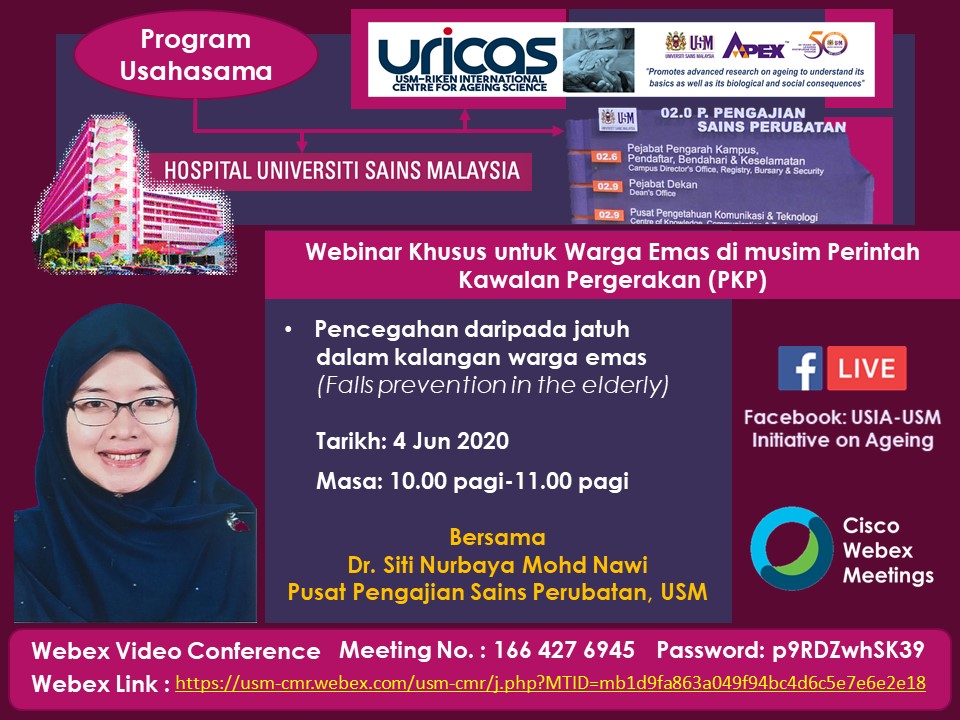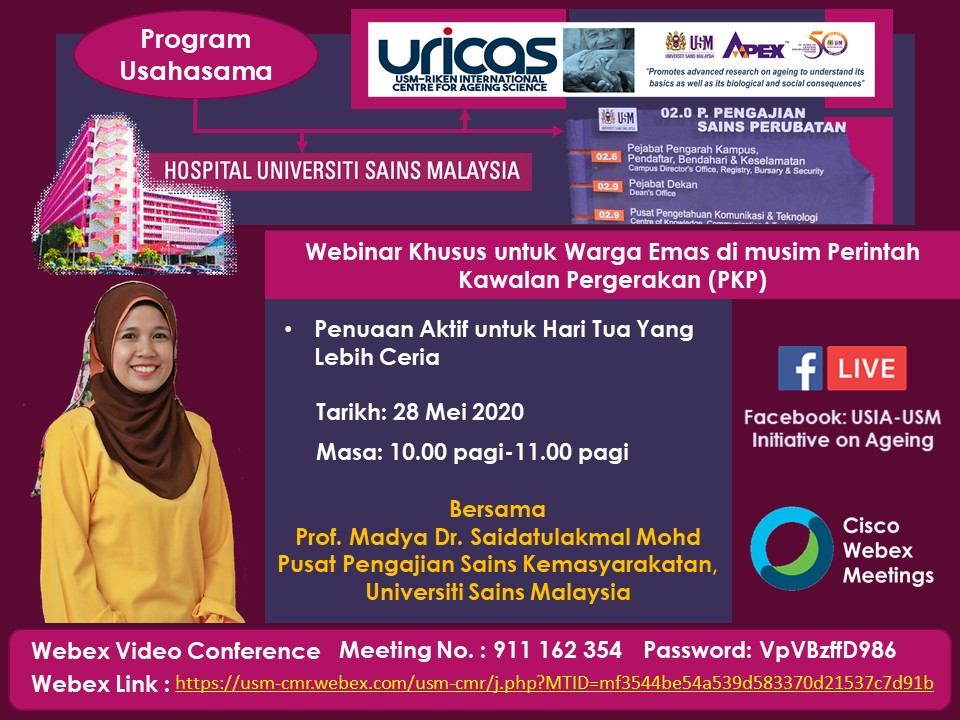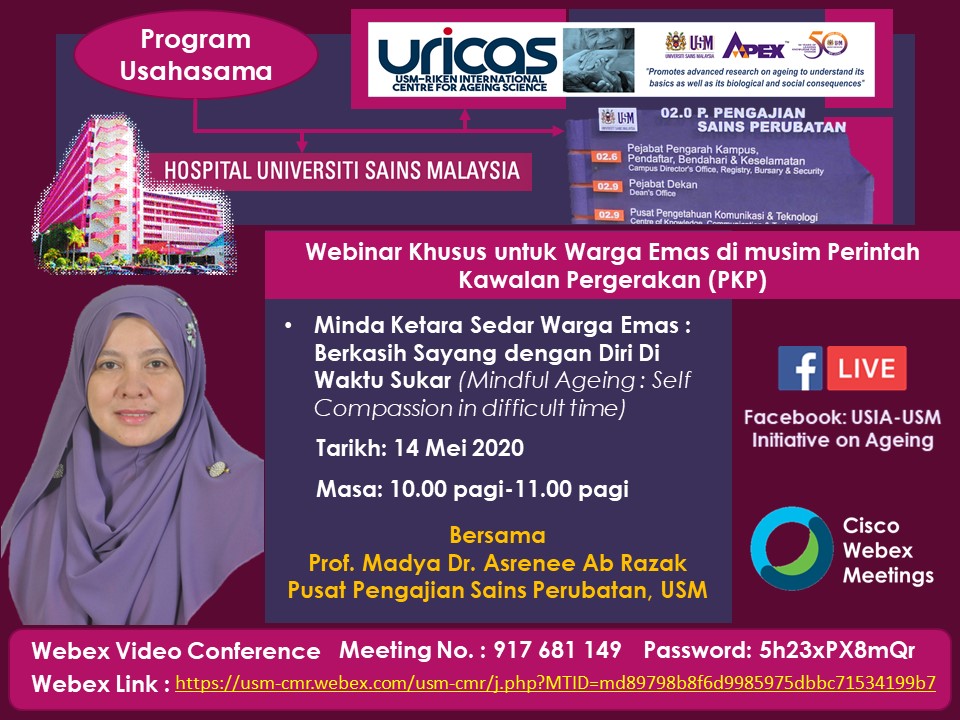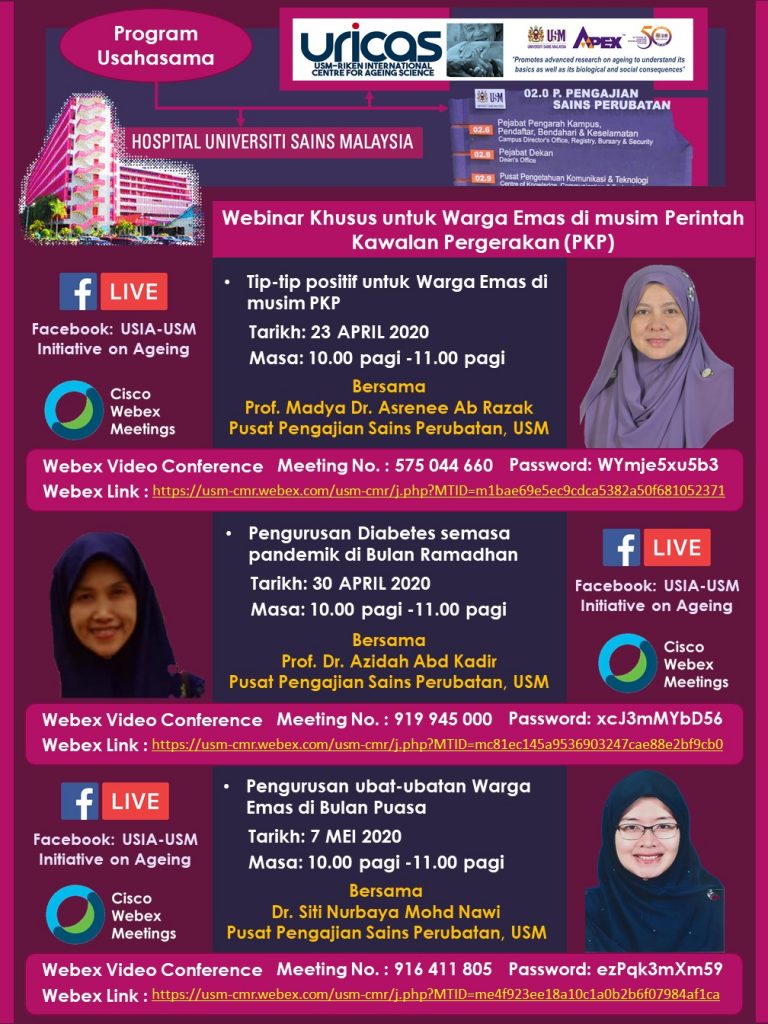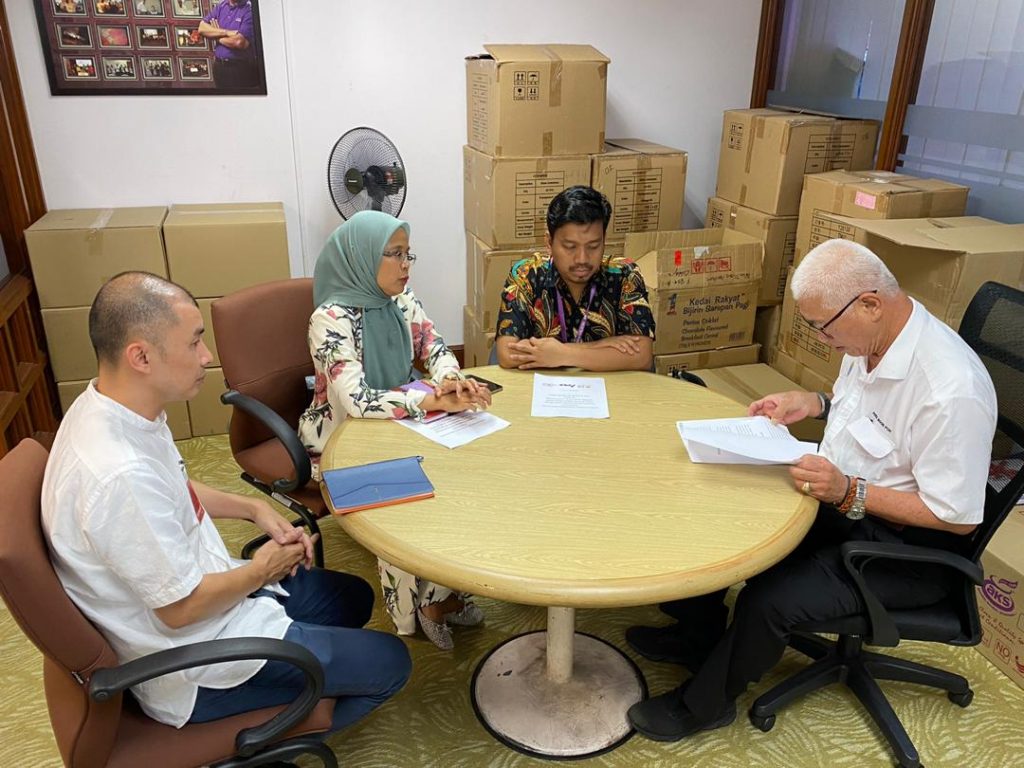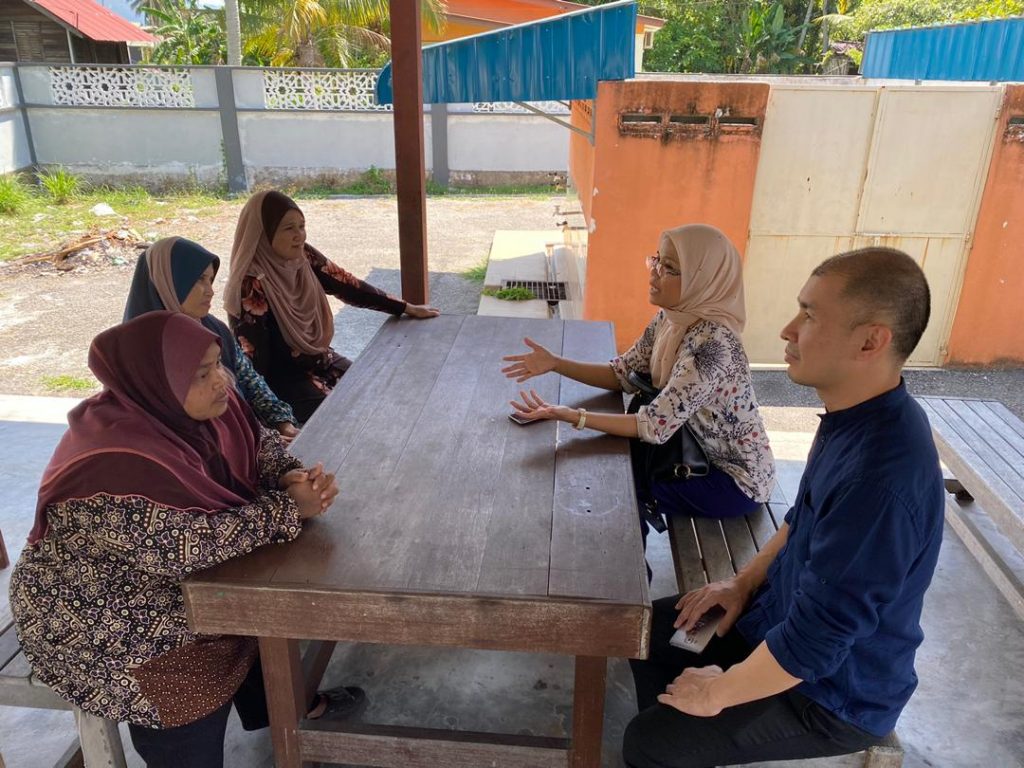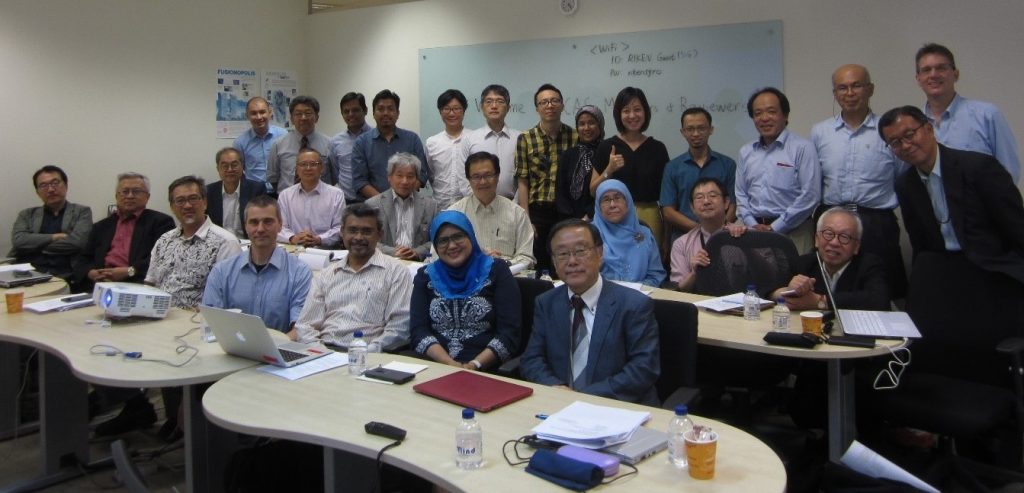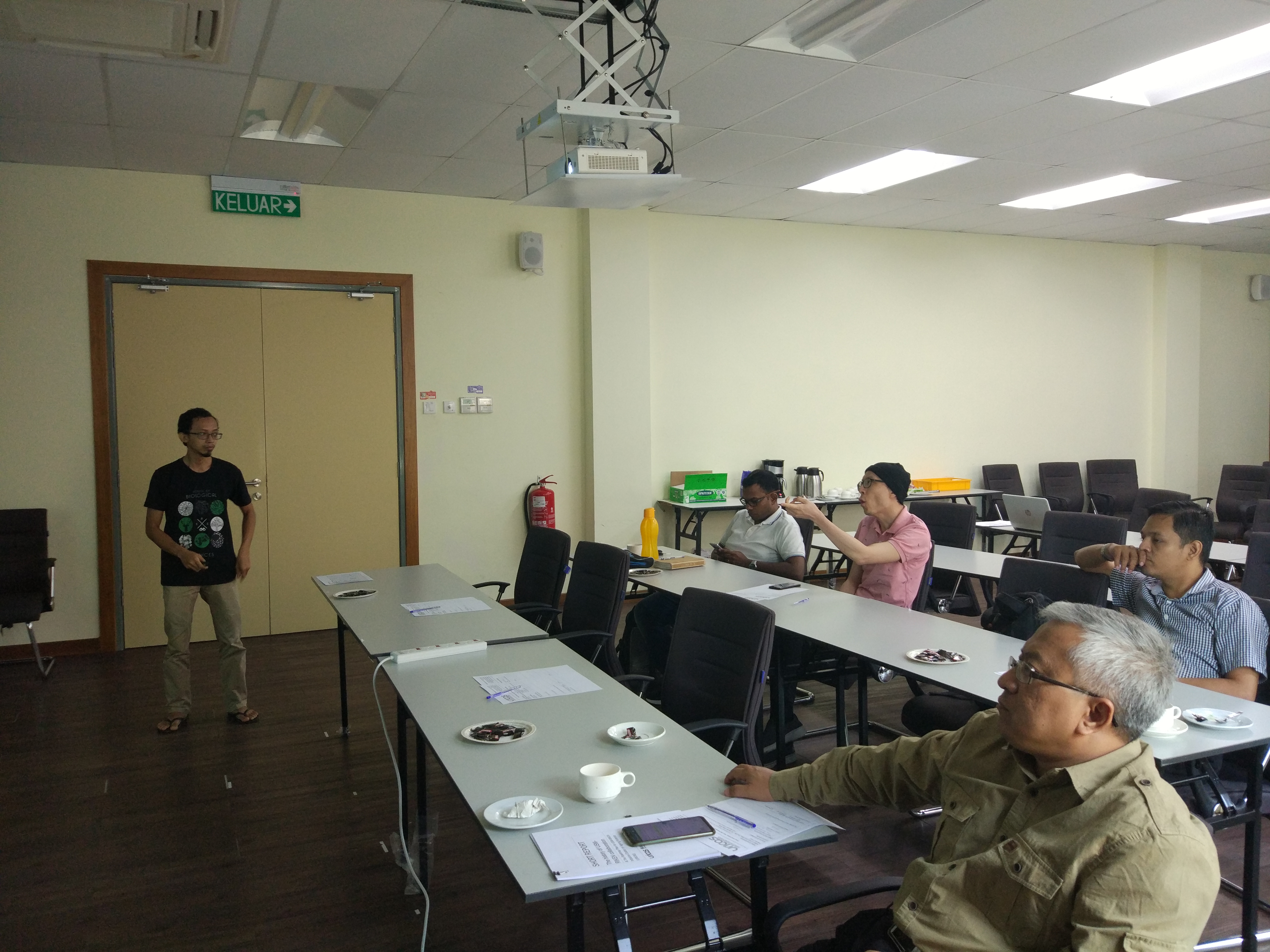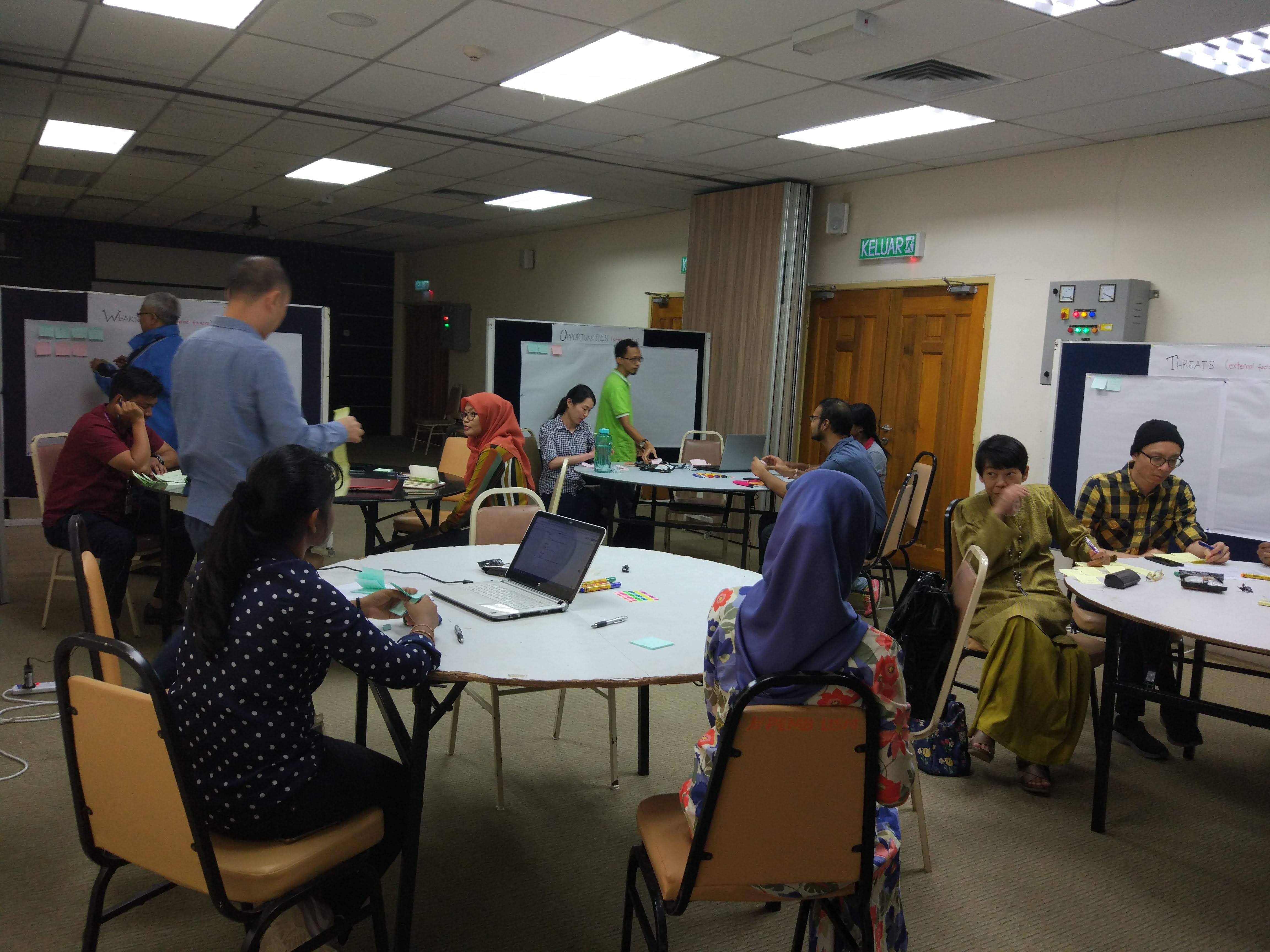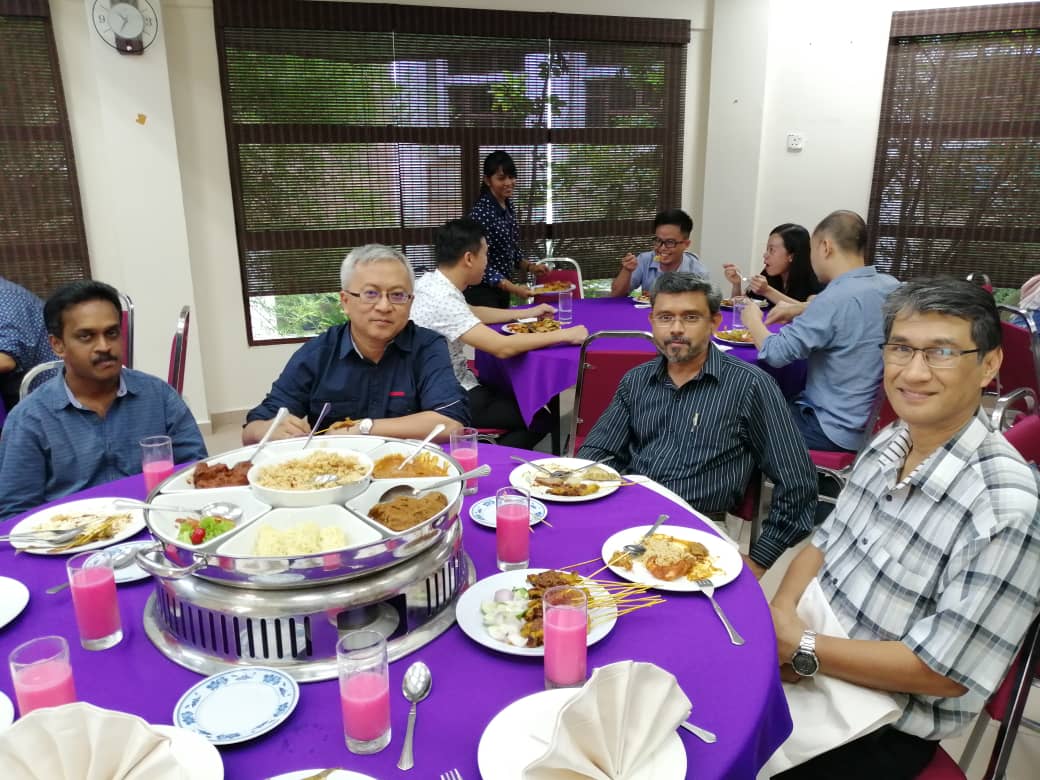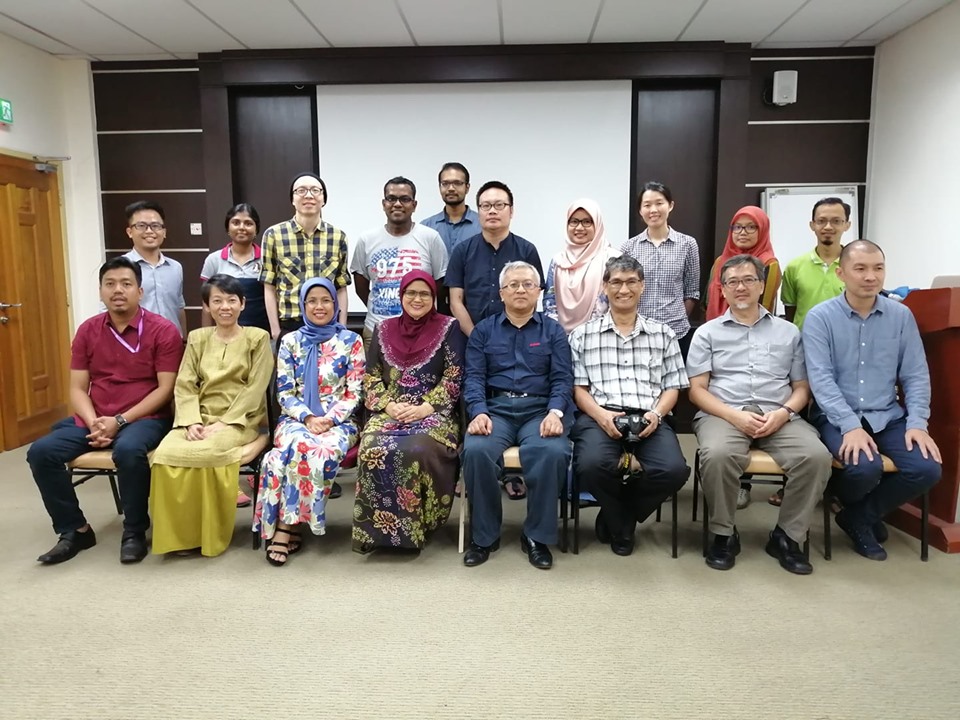URICAS held their 6th Symposium on the 4th of February 2021. Due to current situations, the meeting was done in a virtual set-up via WebEx. The event was officiated by Yang Bahagia Prof Dato Ir Dr Abdul Rahman Mohamed, Deputy Vice-Chancellor of USM. The meeting also introduced Dr Takashi Kawabe as the new director of the RIKEN Singapore office.
During the meeting, both RIKEN and USM delegates discussed on the past activities on URICAS and the current situation of both institutes as well as suggestions on “The Way Forward”. The discussion was a fruitful one where many solutions were suggested. The event closed with speeches from Prof Shaharum Shamsuddin, USM’s URICAS Coordinator and Dr Todd Taylor, RIKEN’s URICAS Coordinator.
In conjunction with this meeting, URICAS has organized a video competition specifically for URICAS Youngsters. Youngsters talk about their projects in 3-minute long videos. The videos can be viewed on URICAS Youtube page: https://www.youtube.com/playlist?list=PL-PukhBko_pxGCagai2M5qBt4Bu8bFDck.
One of the main objectives of URICAS was to develop young research talents. Students selected for the prestigious IPA program were assigned a research project at any of the 10 RIKEN campuses in Japan to work under the supervision of a RIKEN principle investigator. Since URICAS started in 2015, we had 11 (6 short-term) and (5 long-term) IPA students. For this event, our previous and current IPA students under URICAS have prepared short videos to show their experience in both RIKEN and Japan. The videos can be found here: https://www.youtube.com/playlist?list=PL-PukhBko_pyPxMrtSnAryTLvNUkcNJ9y
